This article describes how to install the Arduino framework for the ESP32 and ESP8266 to work with the Arduino IDE, enabling C++ to be used with both boards. The article will tell you the installation process as a guide for those who are interested.
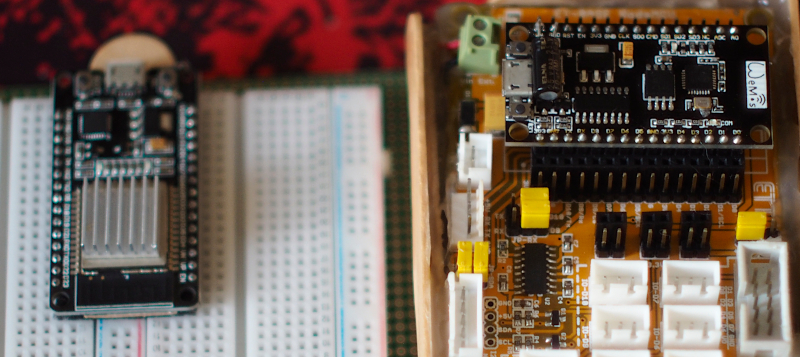
Define the source
The Arduino IDE allows users to add the source of libraries and boards they want to use via the Arduino IDE by going to the File menu and selecting an item. Preferences… as the figure below.

After that, you will be taken to the screen for specifying the URLs that are the source of the board.
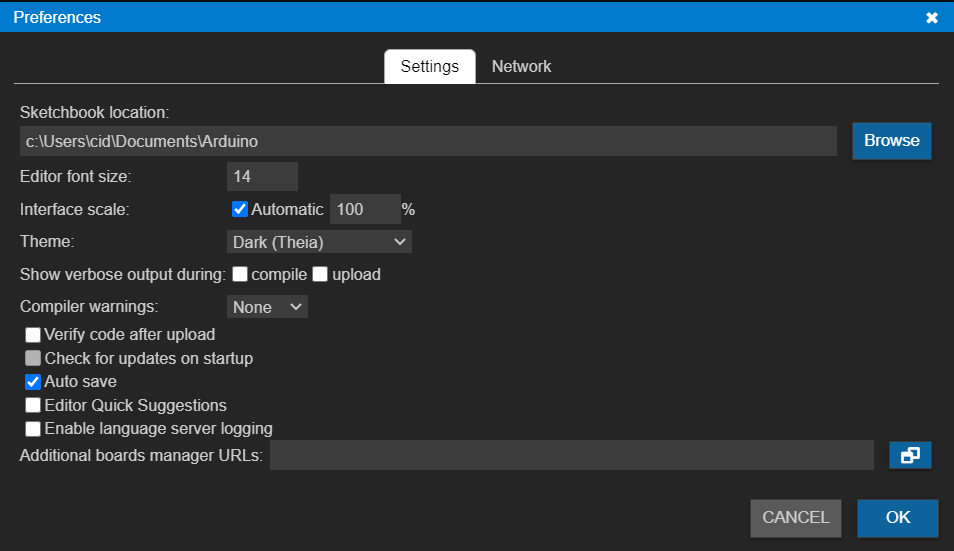
From Additional boards manager URLs, click the icon on the right.

When clicked, a screen for entering the URL will appear.
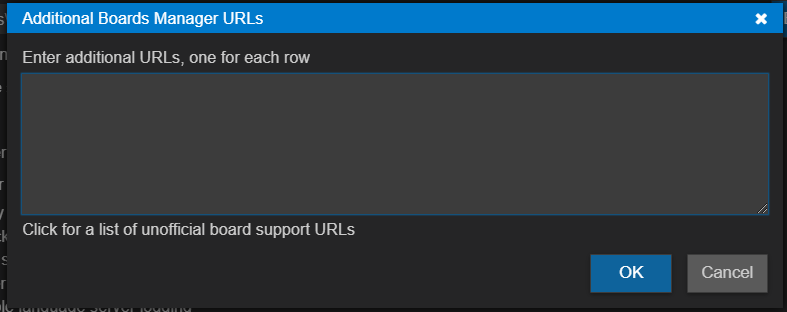
Enter the URLs for ESP32 and ESP8266 as follows:
- https://dl.espressif.com/dl/package_esp32_index.json
- http://arduino.esp8266.com/stable/package_esp8266com_index.json

Press OK to save and press OK again to exit the Preferences screen.
Install ESP32
Once the URLs are set, the next step is to add the ESP32 board to the Arduino IDE by clicking the Boards Manager icon.
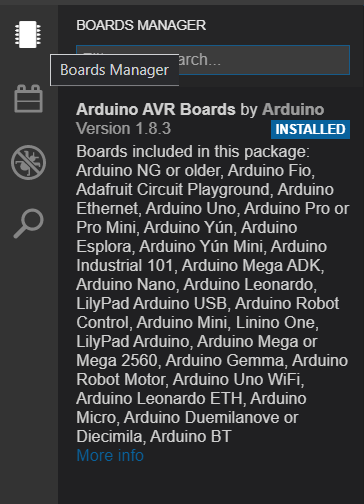
Type esp32 and a list of boards related to ESP32 will appear, then click the INSTALL button.
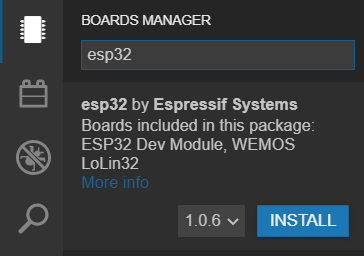
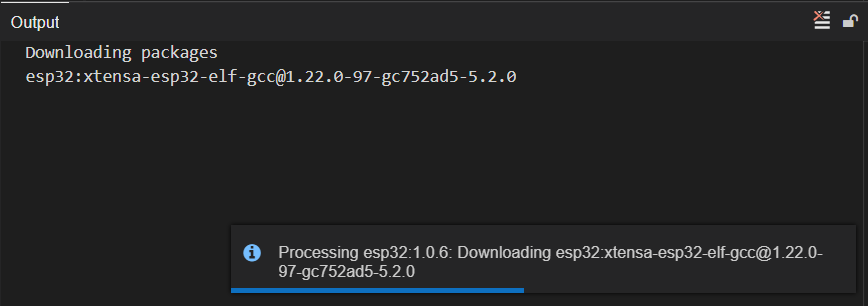
Once installed, it will show the word INSTALLED.
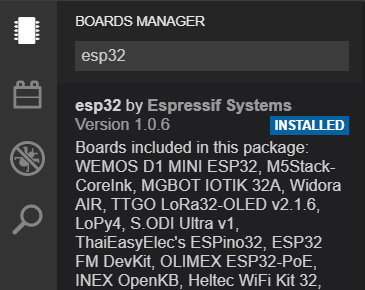

To use it, go to the board selection bar and click on Select Other Board & Port.

After that, the board selection screen will appear. Select the port connected to the board and search for the ESP32, then select the board that matches your use.



Install ESP8266
The case of ESP8266 is like ESP32 by going to Boards Manager and searching for esp8266 after that click INSTALL to install.


When the installation is complete, the word INSTALLED will appear.


The use must choose the board that matches the one used. If there is no board list to choose from, click on Select Other Board & Port.
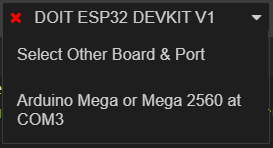
Search for esp8266 and select the board that matches the board in use.
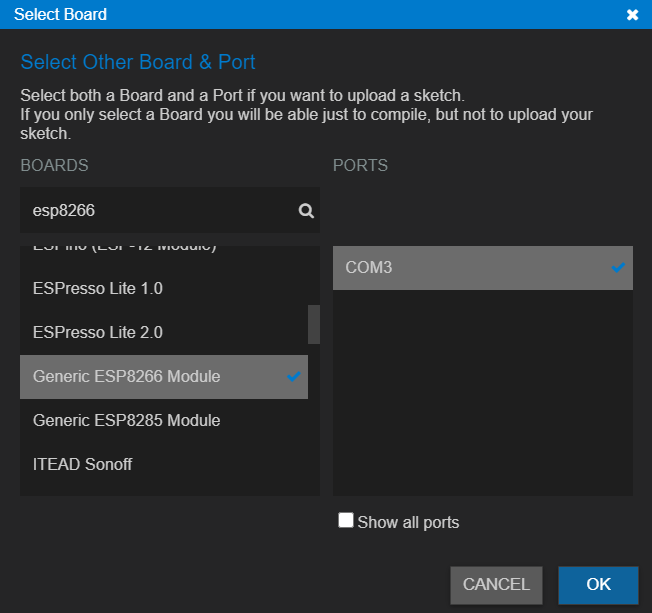
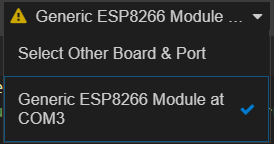
Conclusion
When following this article, you can install and choose an ESP32 or ESP8266 board with Arduino IDE. Basic usage can be found in the previous article. Finally, we hope this article will be a guideline for those who learn how to use ESP32 or ESP8266 with Arduino IDE … Have fun programming.
(C) 2020-2021, By Jarut Busarathid and Danai Jedsadathitikul
Updated 2021-09-23